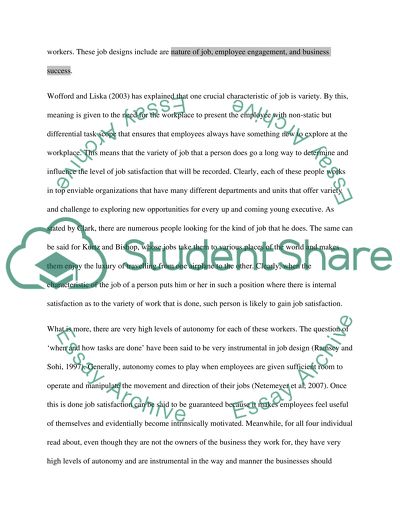Cite this document
(“SUCCESSFUL INDIVIDUALS WITH HIGH LEVELS OF JOB SATISFACTION Essay”, n.d.)
SUCCESSFUL INDIVIDUALS WITH HIGH LEVELS OF JOB SATISFACTION Essay. Retrieved from https://studentshare.org/human-resources/1487884-you-set-up-the-title-please
SUCCESSFUL INDIVIDUALS WITH HIGH LEVELS OF JOB SATISFACTION Essay. Retrieved from https://studentshare.org/human-resources/1487884-you-set-up-the-title-please
(SUCCESSFUL INDIVIDUALS WITH HIGH LEVELS OF JOB SATISFACTION Essay)
SUCCESSFUL INDIVIDUALS WITH HIGH LEVELS OF JOB SATISFACTION Essay. https://studentshare.org/human-resources/1487884-you-set-up-the-title-please.
SUCCESSFUL INDIVIDUALS WITH HIGH LEVELS OF JOB SATISFACTION Essay. https://studentshare.org/human-resources/1487884-you-set-up-the-title-please.
“SUCCESSFUL INDIVIDUALS WITH HIGH LEVELS OF JOB SATISFACTION Essay”, n.d. https://studentshare.org/human-resources/1487884-you-set-up-the-title-please.


